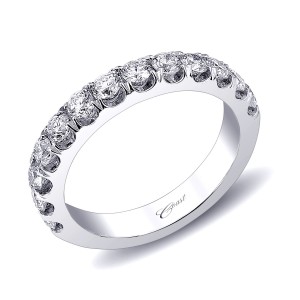History and Traditions of Wedding Rings (Part 1)

Ancient Egypt
If you didn’t know this interesting fact, the ancient Egyptians were the first people to wear what we consider as the “modern” wedding band. Adopted from an older, Neanderthal tradition, wedding bands were fashioned by tying twigs, grass, and other plant materials together. Rather than wearing them on their fingers, they were traditionally worn on a woman’s wrist or ankle. Not only was this a symbol of love and friendship, but it also symbolized the idea that wearing one would prolong a woman’s life, as well as keep her soul intact.
Years later, Egyptians began making bands that could be worn on the finger. Rather than be fashioned out of gold, which was popular for many other forms of jewelry in ancient Egypt, wedding bands were made from ivory, bone, leather, and hemp. Aside from symbolizing a union between the couple, wearing a ring would also give the woman possession over all of her husband’s goods.
Ancient Rome
Roman weddings rings differentiated themselves from those worn in ancient Egypt for a number of reasons. First, the majority were made of metal, and sported some sort of design, such as a key. Although these keys and other designs had no functional purpose, Roman rings emphasized the love between couples, more so than anything else. For instance, having a key on a ring meant that a woman had the key to unlock her husband’s heart. This key motif was also used throughout a majority of Roman weddings.
Be sure to look at part two for more modern takes on wedding ring traditions from around the world!


